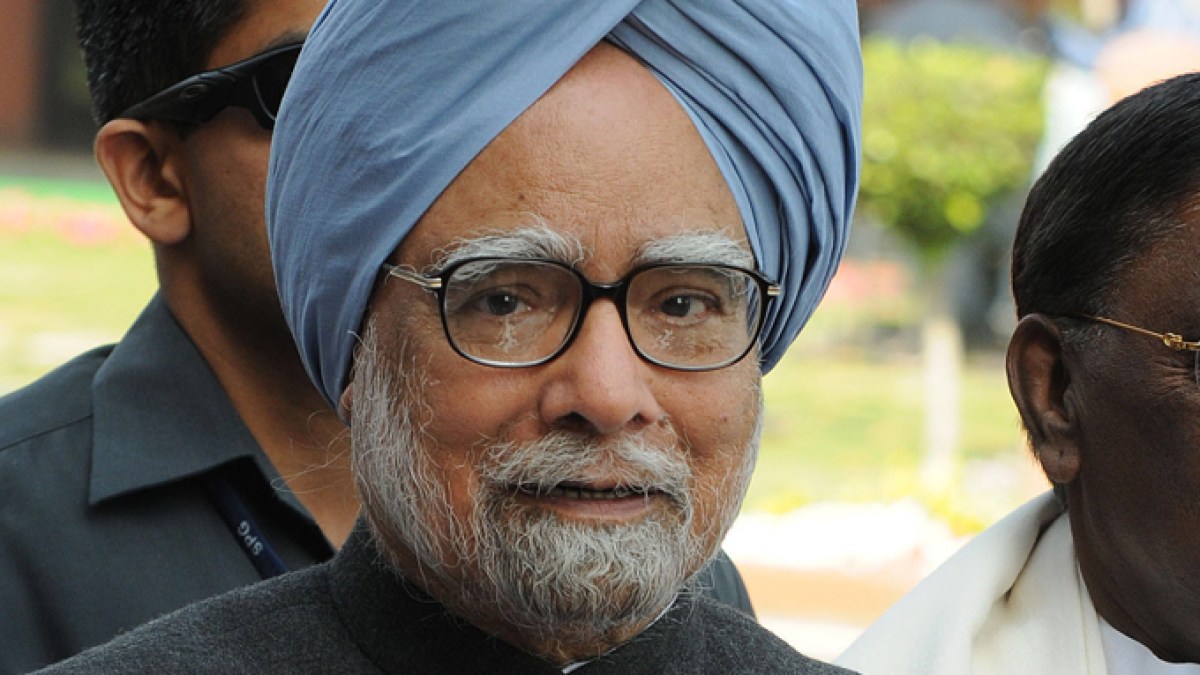SEOUL, South Korea (AP) — North Korea announced on Thursday that it had carried out a successful test flight of its new cruise missile, demonstrating its expanding military capabilities in the midst of escalating tensions with the United States and neighboring countries. This announcement by the state media came a day after South Korea’s military revealed that it had detected the North launching several cruise missiles into waters off its western coast. The South’s Joint Chiefs of Staff did not provide detailed assessments, such as the number of missiles fired or their flight characteristics.
The official Korean Central News Agency of North Korea stated that the Pulhwasal-3-31 missile is still in the developmental stage and that the launch did not pose a threat to neighboring countries. It described the missile as “strategic,” suggesting an intention to equip them with nuclear weapons. The cruise missile launches marked North Korea’s second known launch event of the year, following a test-firing of the country’s first solid-fuel intermediate-range ballistic missile on January 14th. This reflects North Korea’s efforts to enhance its range of weapons targeting U.S. military bases in Japan and Guam.
North Korea’s cruise missiles are part of its expanding arsenal of weapons aimed at overwhelming missile defenses in South Korea and Japan. They complement the country’s extensive range of ballistic missiles, including intercontinental ballistic missiles designed to reach the U.S. mainland. While North Korean cruise missile activities aren’t directly prohibited under U.N. sanctions, experts believe these weapons potentially pose a serious threat to South Korea and Japan. They are designed to be harder to detect by radar, and North Korea claims they are nuclear-capable with a range of up to 2,000 kilometers (1,242 miles), which could include U.S. military bases in Japan. Since 2021, North Korea has conducted at least 10 rounds of tests of long-range cruise missiles fired from both land and sea.
Tensions in the region have heightened in recent months as Kim Jong Un continues to accelerate his weapons development and make provocative threats of nuclear conflict with the United States and its Asian allies. In response, the United States, South Korea, and Japan have been expanding their joint military exercises, which Kim condemns as invasion rehearsals and uses as a pretext to further escalate his military demonstrations. There are concerns that Kim could increase pressure during an election year in the United States and South Korea.
South Korean experts and officials say Kim’s weapons drive has put further strain on an already struggling economy, which has been decimated by decades of mismanagement and U.S.-led sanctions over its nuclear ambitions. In a separate report, KCNA said that during a two-day ruling party meeting held through Wednesday, Kim criticized officials for failures in adequately providing “basic living necessities including condiments, foodstuff, and consumption goods” to people living in the countryside and less developed cities and towns. Kim had called the meeting to discuss a 10-year project aimed at promoting a more balanced regional development, including a goal of building modern factories in every county nationwide.
Satellite images analyzed by The Associated Press this week suggest that North Korea has dismantled a significant arch in its capital that symbolized reconciliation with South Korea, a week after Kim dismissed decades of hopes for peaceful reunification with the war-divided peninsula’s south. Kim described the Pyongyang monument as an “eyesore” and called for its removal, declaring that the North was abandoning long-standing goals of peaceful unification with South Korea. He also ordered a rewriting of the North’s constitution to identify the South as its most hostile foreign adversary. He accused South Korea of acting as “top-class stooges” of the Americans and reiterated a threat to use his nuclear weapons to annihilate the South if provoked.
Analysts believe that North Korea could be aiming to diminish South Korea’s influence in the regional nuclear standoff and eventually force direct negotiations with Washington as it seeks to solidify its nuclear status.___Follow AP’s Asia-Pacific coverage at










